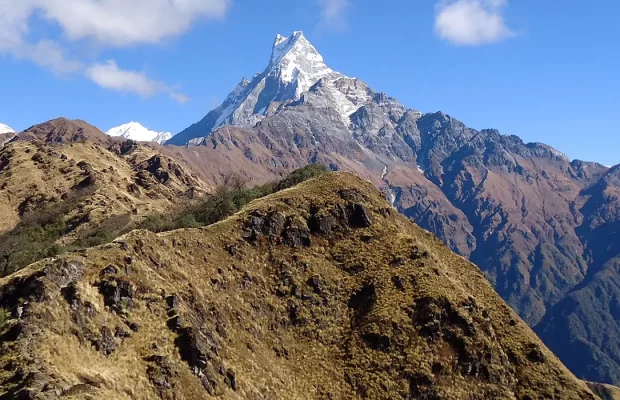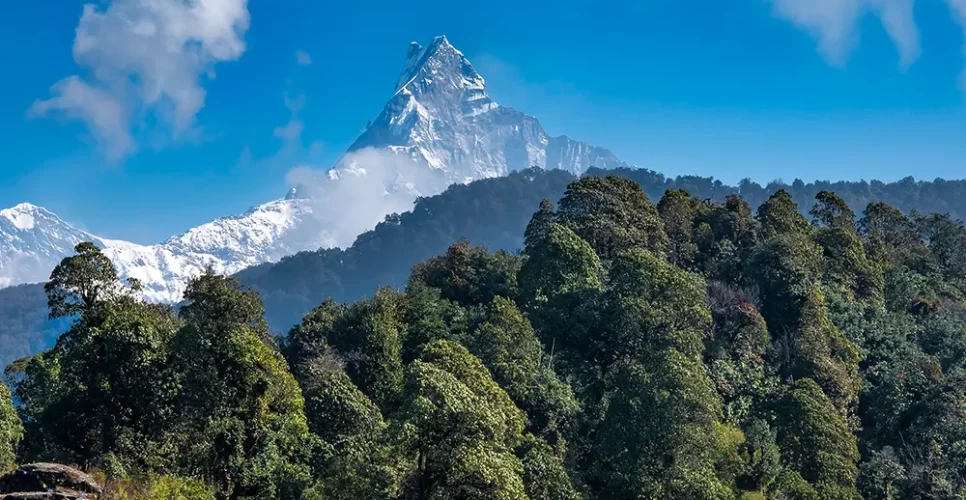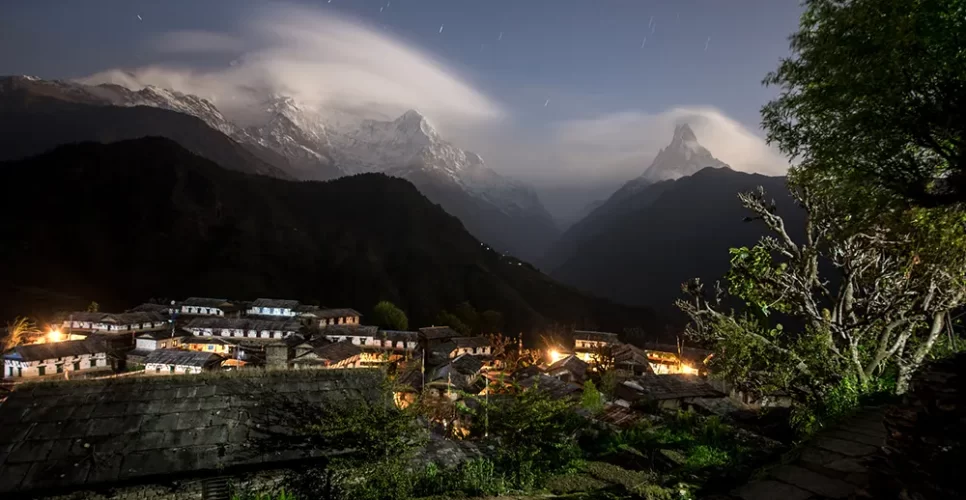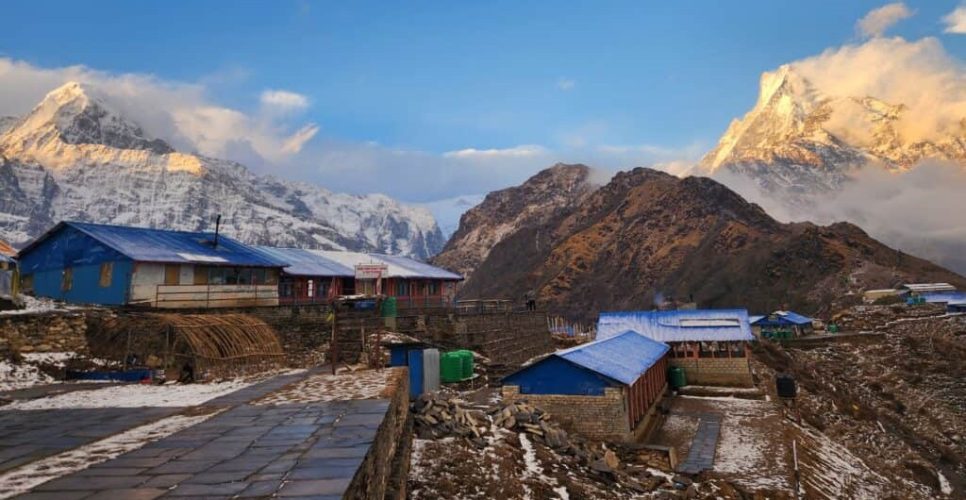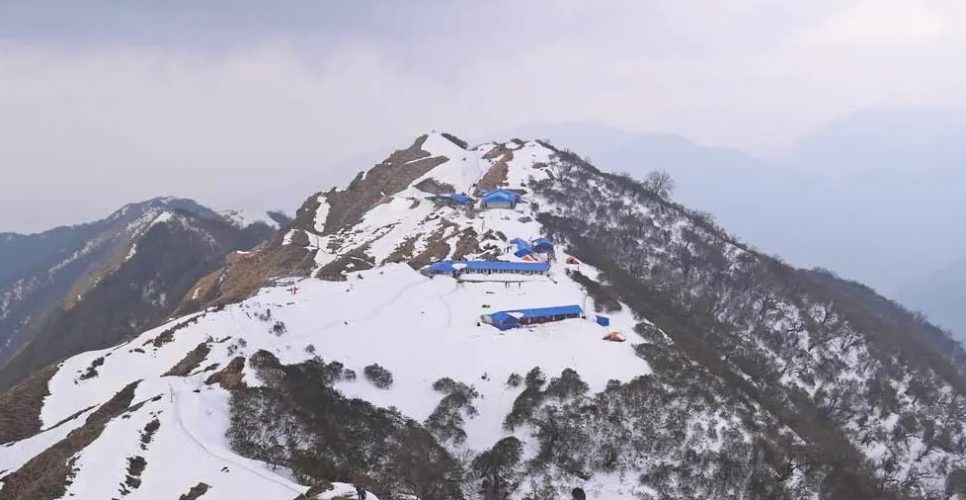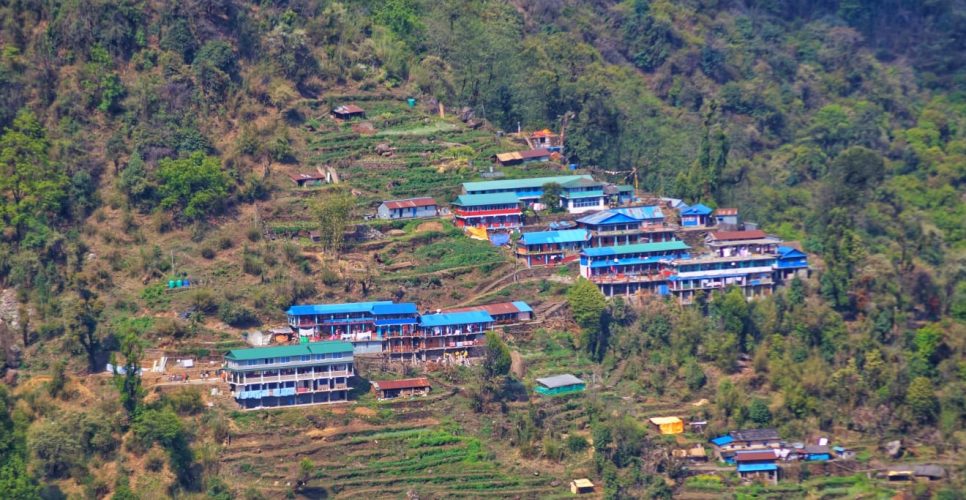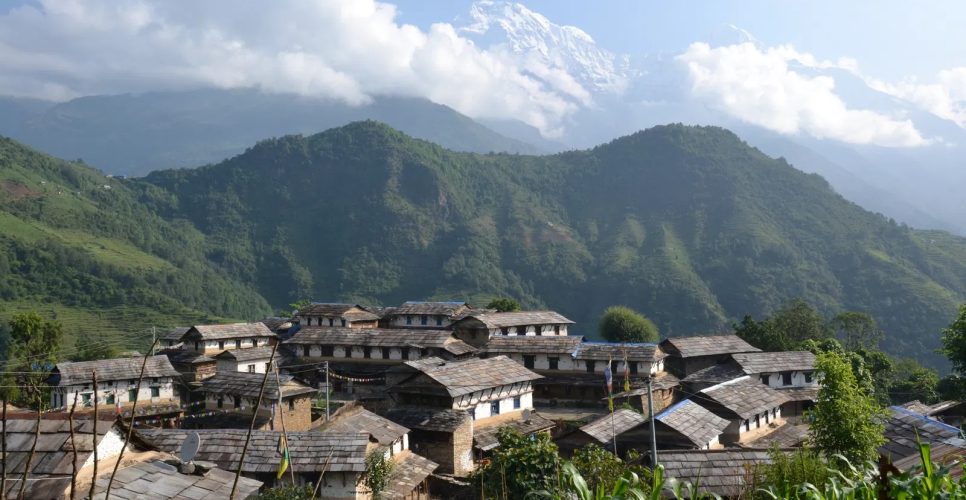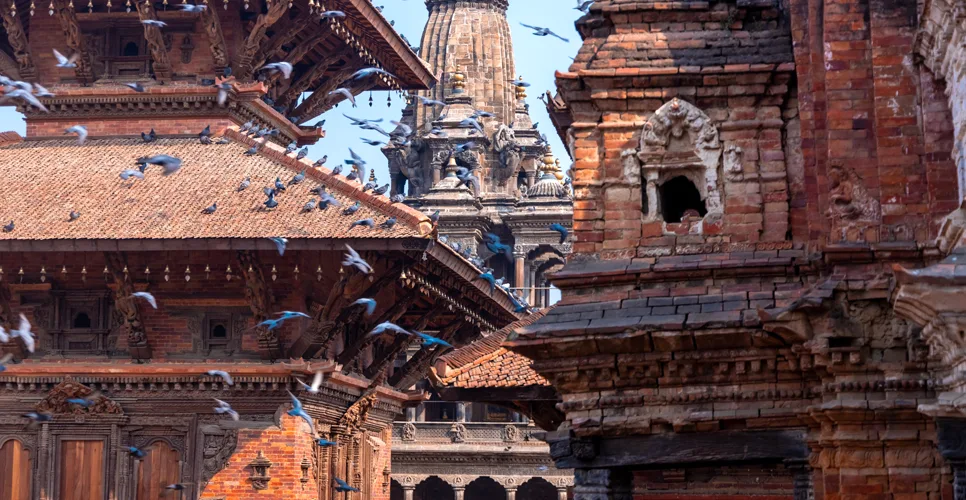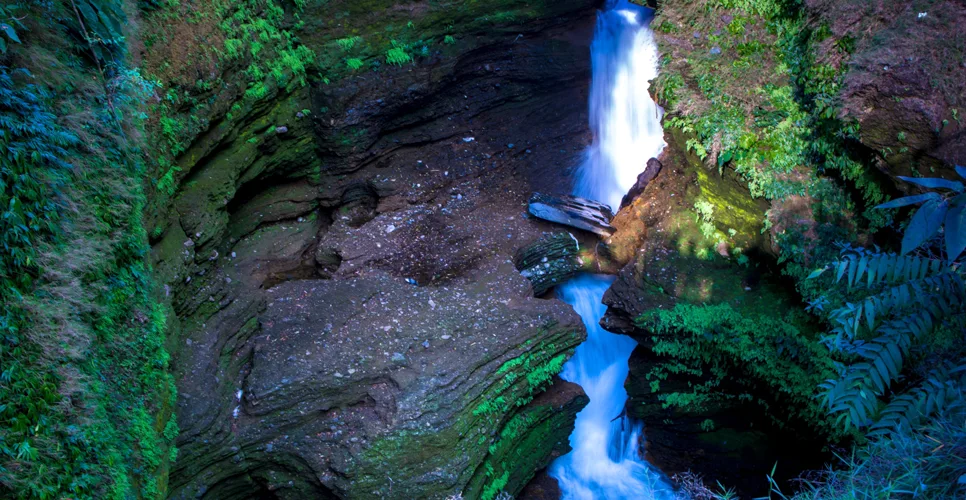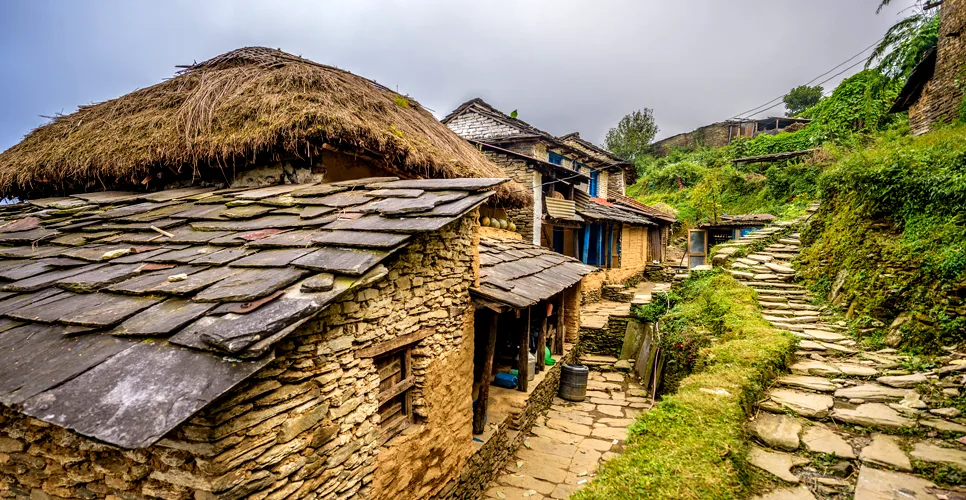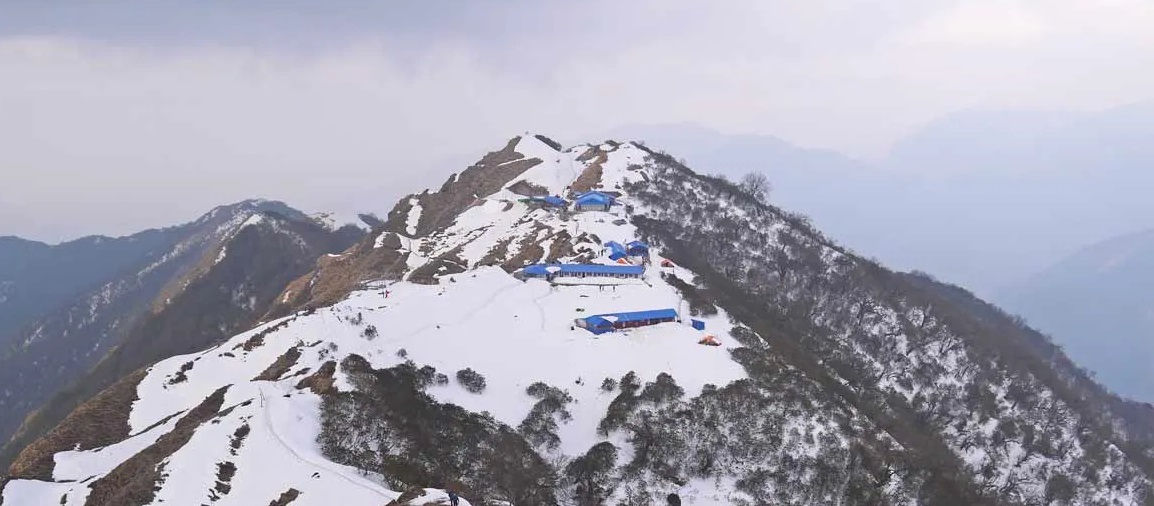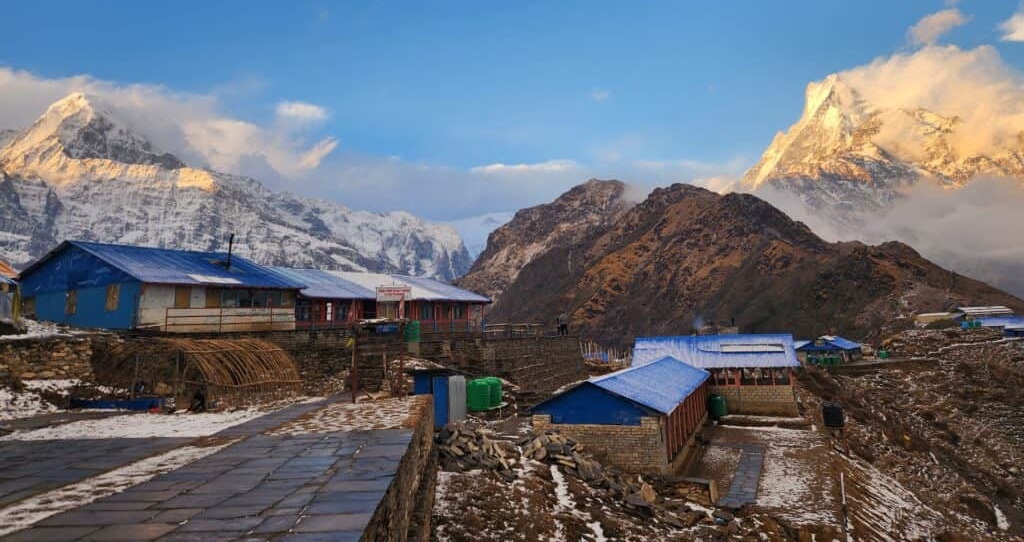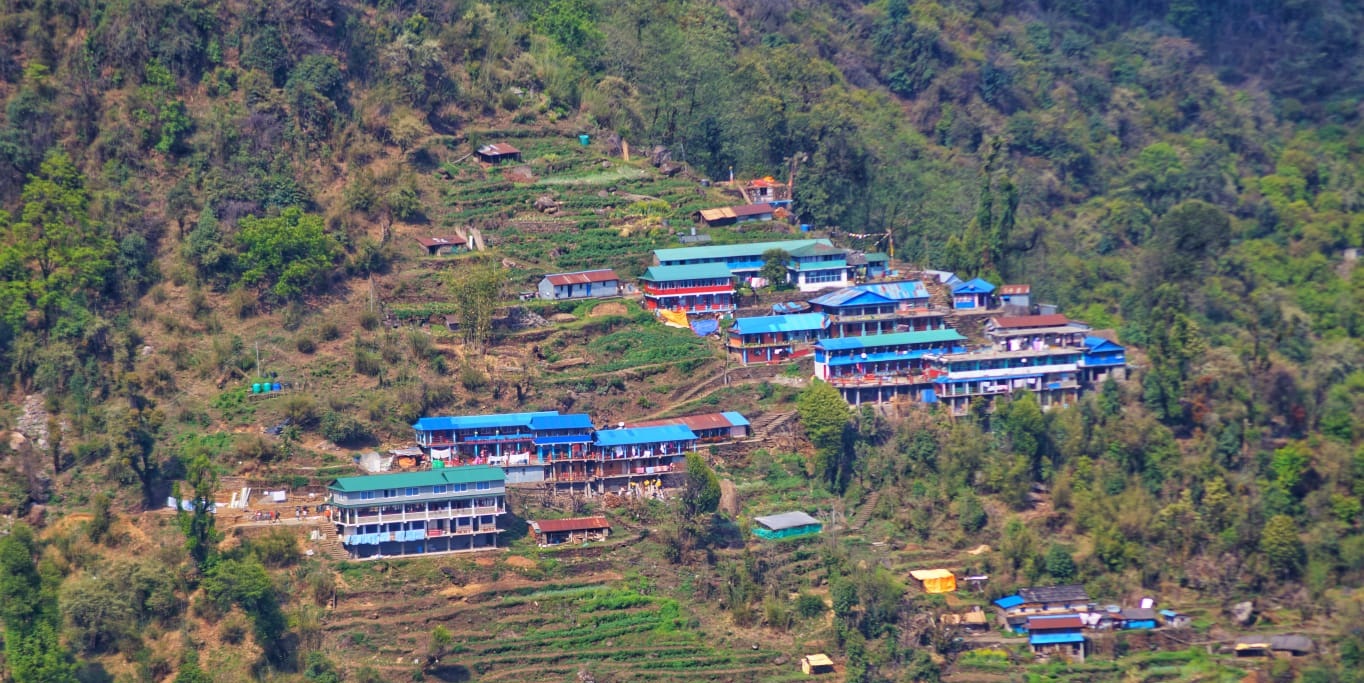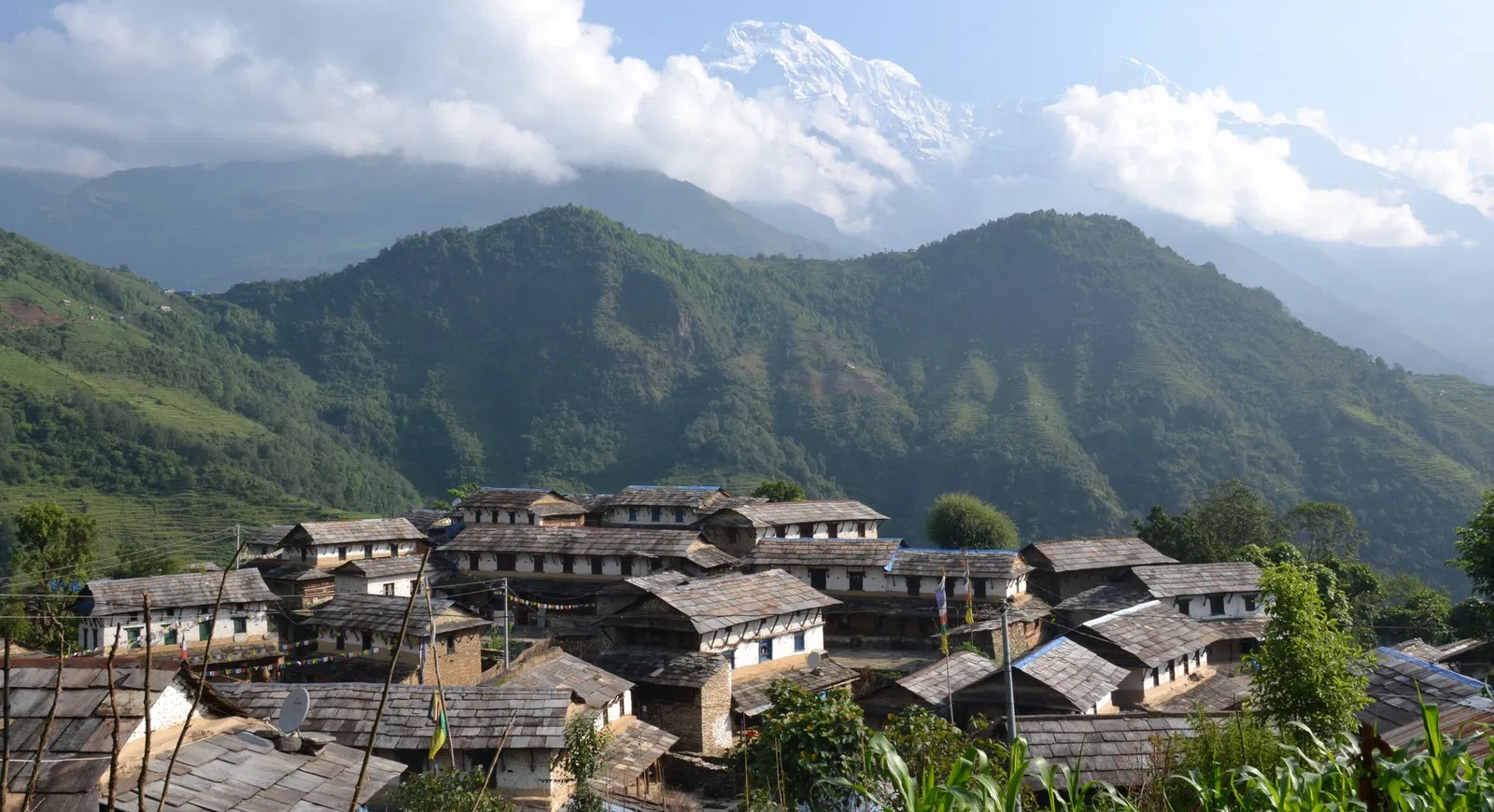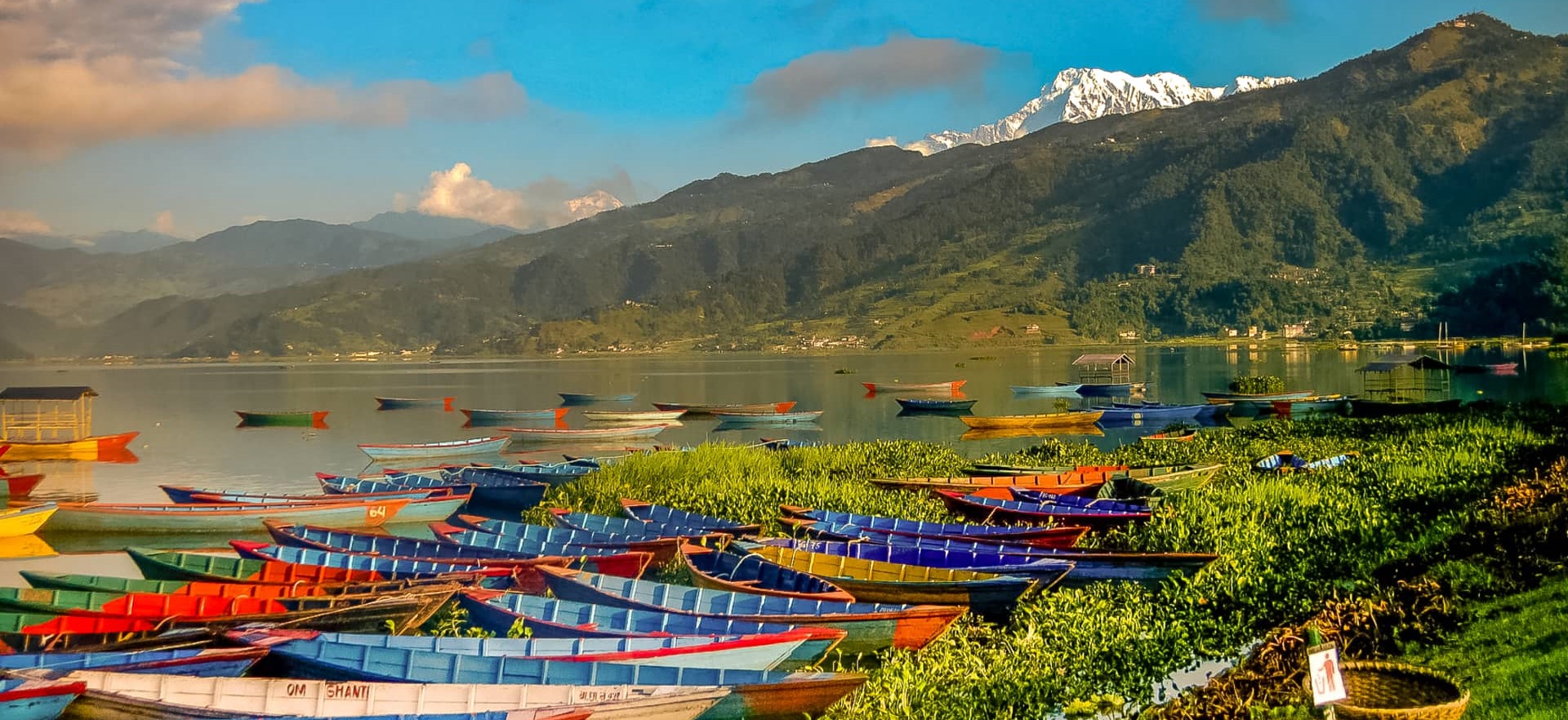Mardi Himal Trek
Group Discounts |
|
| 1 Pax. | US$ 850 PP |
|---|---|
| 2-4 Pax. | US$ 800 PP |
| 5-7 Pax. | US$ 750 PP |
| 8-10 Pax. | US$ 700 PP |
| 11-14 Pax. | US$ 650 PP |
| Over 15 Pax. | US$ 625 PP |
Major Highlights of Mardi Himal Trekking
-
Breathtaking Sunrise and Sunset Views: Catch stunning sunrises and sunsets from Mardi Himal Base Camp, offering a panoramic view of the snow-capped mountains and surrounding landscapes.
-
Scenic Rhododendron Forests: Trek through dense forests of rhododendrons, which bloom beautifully in spring, adding vibrant colors to the trail.
-
Cultural Encounters: Visit charming Gurung villages, where you can interact with locals and experience the unique mountain culture and hospitality.
-
Serene Lakes: Enjoy the serenity of the high-altitude lakes, particularly the Mardi Himal Base Camp, which offers a peaceful retreat surrounded by towering peaks.
-
Diverse Wildlife: Spot a variety of wildlife, including Himalayan tahr, musk deer, and various bird species, as you trek through the lower regions of the Annapurna Conservation Area.
-
Mardi Himal Base Camp: Reach the Mardi Himal Base Camp, a hidden gem in the Annapurna region, offering a more secluded and peaceful trekking experience compared to more popular treks like the ABC or EBC.
-
Views of the Annapurna Range: Enjoy unobstructed views of the Annapurna Range, including Annapurna South, Machapuchhre (Fishtail), Hiunchuli, and Mardi Himal itself.
-
Uncrowded Trail: Experience a less crowded trekking route, ideal for those seeking solitude and peace away from the usual trekking routes.
-
Authentic Teahouses: Stay in traditional teahouses along the trail, where you can savor authentic Nepali food and experience the warmth of local hospitality.
-
Easy Access from Pokhara: The trek is easily accessible from Pokhara, making it convenient for travelers to start their journey to the mountains without needing a long approach.
Most Asked Questions by Travellers
The Mardi Himal Trek is a beautiful trekking route in the Annapurna region of Nepal. It takes you to Mardi Himal Base Camp at an altitude of 4,500 meters, offering stunning views of the Annapurna and Machapuchare (Fishtail) mountain ranges. The trek is known for its lush forests, traditional villages, and scenic landscapes.
The Mardi Himal Trek is considered a moderate trek, suitable for trekkers with a reasonable level of fitness. It involves 5-7 hours of walking per day on uneven, steep terrain, and the highest point, Mardi Himal Base Camp, is at 4,500 meters, so acclimatization is essential to avoid altitude sickness.
The best seasons for the Mardi Himal Trek are spring (March to May) and autumn (September to November). These seasons offer stable weather, clear skies, and comfortable temperatures, providing ideal conditions for trekking.
While it’s not mandatory, it is highly recommended to trek with a licensed guide, especially for safety and navigation. A guide will ensure you stay on the right path, help with acclimatization, and manage any altitude sickness symptoms.
For the Mardi Himal Trek, you will need the Annapurna Conservation Area Permit (ACAP) and the Trekkers’ Information Management System (TIMS) card. These permits can be arranged by your trekking company.
Mobile phone coverage is available in most major villages along the trek like Pokhara, Forest Camp, and High Camp. However, the signal may be weak or unreliable in more remote areas. Wi-Fi is available in some lodges but can be slow and expensive, especially at higher altitudes.
Accommodation on the Mardi Himal Trek typically ranges from basic tea houses to comfortable lodges. Most lodges offer a bed, warm blankets, and shared bathrooms. In higher altitudes, accommodations are more basic but comfortable enough for a good night’s rest.
The food on the Mardi Himal Trek is simple yet nutritious. You can expect three meals a day, including traditional Nepali dishes such as Dal Bhat (rice, lentils, and curry), Momo (dumplings), soups, pasta, and bread. Some lodges also serve Western food options.
To prevent altitude sickness, it’s essential to acclimatize properly by taking rest days, drinking plenty of water, and pacing yourself slowly. The trek takes you to an altitude of 4,500 meters, so it’s important to listen to your body. Diamox (acetazolamide) is commonly used to help prevent altitude sickness but should be taken after consulting with a doctor.
Yes, helicopter services are available from Mardi Himal Base Camp or High Camp to Pokhara for trekkers who wish to return more quickly or who face health concerns at higher altitudes. This is a convenient option for those with limited time or if the trek is too strenuous.



